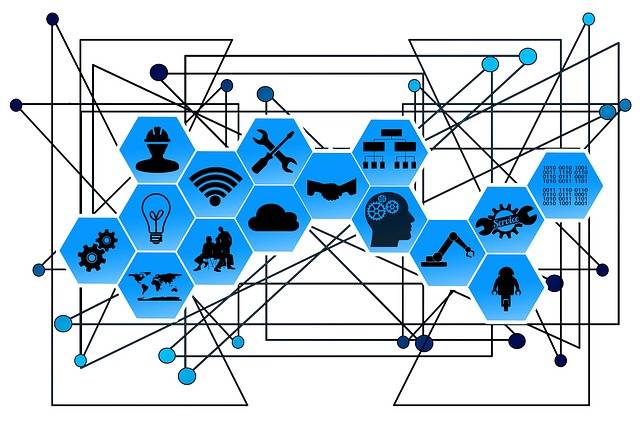The Potential of AI in Predicting Environmental Pollution Hotspots
Artificial Intelligence (AI) is revolutionizing the way we tackle environmental pollution. By harnessing the power of AI, researchers and environmental agencies can more effectively identify and monitor pollution sources. Through the use of advanced algorithms and machine learning, AI can process vast amounts of data to pinpoint areas of concern and potential sources of pollution. This capability allows for a more targeted and efficient approach to addressing environmental issues.
Furthermore, AI plays a crucial role in predicting and analyzing pollution trends over time. By analyzing historical data and current trends, AI algorithms can forecast future pollution levels and identify potential risks. This predictive ability enables policymakers and environmental stakeholders to take proactive measures to mitigate the impact of pollution on ecosystems and public health. In essence, AI technology serves as a valuable tool in the ongoing battle against environmental pollution.
AI technology helps in identifying and monitoring pollution sources
Advanced algorithms and machine learning process vast amounts of data
Allows for a more targeted and efficient approach to addressing environmental issues
Predicts and analyzes pollution trends over time
Forecast future pollution levels and identify potential risks
Enables policymakers to take proactive measures to mitigate the impact of pollution on ecosystems and public health
How AI Can Identify Pollution Trends
Artificial Intelligence (AI) has emerged as a valuable tool in identifying pollution trends, revolutionizing the way we approach environmental challenges. By analyzing vast amounts of data and spotting patterns that may elude human observers, AI can provide valuable insights into the sources and patterns of pollution in our communities. This data-driven approach enables researchers and policymakers to make informed decisions to mitigate the impact of pollution on public health and the environment.
Through machine learning algorithms and advanced data analytics, AI can sift through complex datasets to detect subtle changes in pollution levels over time. By identifying correlations between various factors such as industrial activities, traffic patterns, and weather conditions, AI can help pinpoint the root causes of pollution spikes and trends. This proactive approach allows for targeted interventions and strategies to address pollution hotspots before they escalate into larger environmental threats.
Utilizing AI for Early Detection of Pollution Hotspots
Utilizing AI for early detection of pollution hotspots involves the use of advanced algorithms to analyze data and identify patterns that indicate potential areas of concern. By leveraging machine learning capabilities, AI can process vast amounts of information from various sources such as satellite imagery, weather data, and air quality sensors to pinpoint locations where pollution levels may be rising beyond acceptable limits. This proactive approach allows authorities to take swift action to address the root causes of pollution before it escalates into a larger environmental crisis.
One of the key benefits of using AI for early detection of pollution hotspots is its ability to provide real-time insights and predictive analytics. By continuously monitoring and analyzing data, AI can accurately forecast where pollution levels are likely to increase, enabling policymakers and environmental agencies to implement targeted strategies to mitigate the impact. This proactive stance not only minimizes the harmful effects of pollution on public health and the environment but also optimizes resource allocation by directing efforts towards areas that are most at risk.
What is AI technology and how is it related to environmental pollution?
AI technology refers to the use of artificial intelligence to perform tasks that typically require human intelligence, such as problem-solving and decision-making. In the context of environmental pollution, AI can be used to analyze large amounts of data to identify pollution sources and trends.
How can AI help in identifying pollution trends?
AI can help in identifying pollution trends by analyzing data from various sources, such as air quality monitors and satellite imagery. By detecting patterns and anomalies in the data, AI can pinpoint areas where pollution levels are consistently high or where pollution is increasing over time.
How can AI be utilized for early detection of pollution hotspots?
AI can be utilized for early detection of pollution hotspots by continuously analyzing real-time data and alerting authorities to potential pollution incidents. This proactive approach allows for timely intervention to prevent further environmental damage and protect public health.
What are the benefits of using AI for early detection of pollution hotspots?
The benefits of using AI for early detection of pollution hotspots include faster response times, reduced environmental impact, and improved public health outcomes. By identifying pollution hotspots early, authorities can take prompt action to mitigate the effects of pollution on the environment and human health.






